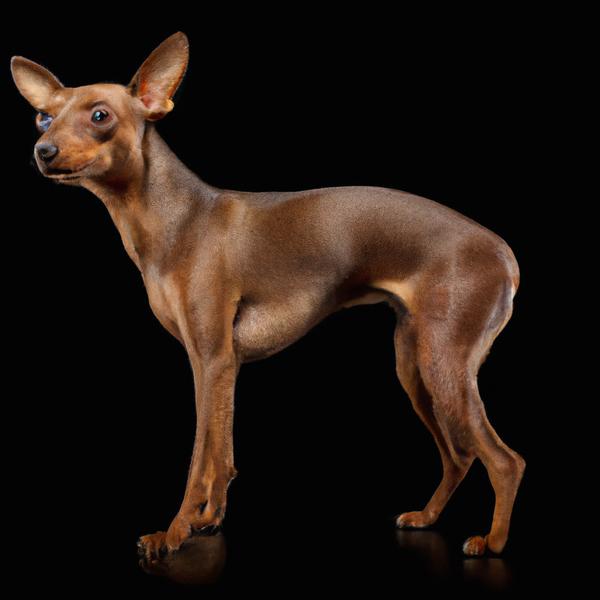Ratese vs. Tibecot: Breed Differences and Similarities
Hypoallergenic
Are Rateses or Tibecots hypoallergenic, or neither?
Unfortunately, the Ratese is not hypoallergenic, making it not a good choice for a dog lover who suffers from pet allergies.
While no dogs are truly 100% hypoallergenic, Tibecots are about as close as it gets, making them an ideal pet if you are an allergy sufferer.
Temperament
What are the personalities of Ratese and Tibecot dogs?
Active
Playful
Loving
Alert
Intelligent
Responsive
Docile
Affectionate
Lively
Gentle
Tempered
Sweet
Inquisitive
Easygoing
Playful
Energetic
Sensitive
Intelligent
Affectionate
Lively
Gentle
Trainable
Reserved
Vocal
Amiable
Shedding Level
Do Rateses shed more than Tibecots, or which breed sheds more, Rateses or Tibecots?
Rateses are moderate shedders, but regular brushing can reduce shedding and maintain coat health.
Tibecots are low shedding dogs, requiring minimal coat care.
Ancestry
What are the origins of Ratese and Tibecot breeds?
American Rat Terrier and Maltese
Tibetan Terrier, Coton de Tulear
Date of Birth
When were Ratese and Tibecot breeds first developed?
1990s
Unknown
Eye Color Possibilites
What are the eye colors of Ratese and Tibecot dogs?
Blue
Hazel
Brown
Brown
Nose Color Possibilites
What are the natural nose colors of Ratese and Tibecot?
Black
Black
Coat Color Possibilites
What are the natural colors of the coat for Ratese and Tibecot breeds?
Black
Brown
Red
Cream
Fawn
Blue
Silver
White
Pied
Sable
Brindle
White
Black
Pied
Fawn
Brindle
Sable
Coat Length
What is the typical coat length for Ratese and Tibecot breeds?
Rateses have longer coats compared to most dogs.
Tibecots have medium-length coats.
Coat Density
What is the density of the coat of Ratese and Tibecot?
Coat Texture
What is the hair texture of Ratese and Tibecot?
Straight
Litter Size
What is the usual litter size for Ratese and Tibecot?
A Ratese can have a litter of 5-7 puppies on average. However, it's worth noting that the size of the litters can vary greatly. Factors that can influence litter size include the health of the mother, breeding history, and genetics.
A Tibecot can have a litter of 4-6 puppies on average. However, it's worth noting that the size of the litters can vary greatly. Factors that can influence litter size include the health of the mother, breeding history, and genetics.
Adaptability
Ratese and Tibecots are known for their adaptability and versatility. They are capable of adapting well to a wide range of lifestyle changes and living environments, making them great companions for families and individuals of all lifestyles.
Health Issues
Between Ratese and Tibecot, which breed is more prone to health problems?
Ratese and Tibecot breeds are generally considered to be healthy. However, like all breeds, they are susceptible to certain health issues and it is important to keep an eye out for them and address them with your veterinarian as needed.
Major Concerns
What are the major health concerns for Ratese and Tibecot breeds?
Patellar Luxation
Hip And Elbow Dysplasia
Patent Ductus Arteriosis (PDA)
Patellar Luxation
Lens Luxation
Progressive Retinal Atrophy (PRA)
Minor Concerns
What minor health issues should be kept in mind when owning Ratese and Tibecot?
Demodectic Mange
Dental Disease
Color Dilution Alopecia
Cataracts
Canine Hip Dysplasia (Chd)
Hypothyroidism
Cerebellar Abiotrophy (Ataxia)
Occasional Tests
What occasional tests are recommended for Ratese and Tibecot breeds?
Eye Examination
Dental Examination
Blood And Urine Analysis
Complete Physical Examination
Diagnostic Imaging
Electromyography (EMG)
DNA
Eye Examination
General Physical Examination
Hearing Tests
X-rays or other radiographic imaging
Thyroid Panel
Social Needs
Ratese vs Tibecot social needs comparison
Ratese has very high social needs and requires regular mental and physical stimulation, a job or purpose, and companionship.
Tibecot has above average social needs and thrives with interaction with humans and other dogs.
Sleeping Need
Which of the two sleeps the most/least: Ratese or Tibecot?
Ratese and Tibecot dogs tend to sleep less than some other breeds, but it's still important for them to get adequate sleep in order to maintain good health.
Mouthiness
Mouthiness Comparison: Ratese vs Tibecot?
Roaming urge
Ratese vs Labrador: Running away tendency?
Prey Drive
Ratese or Tibecot - which breed has a higher level of prey drive?
Activity Level
Which breed has higher energy, Rateses or Tibecots?
Rateses are high-energy dogs. They need mental as well as physical exercise. These dogs require a lot of your involvement and without it they can, and will, become problematic dogs.
Tibecots are medium-energy dogs and typically enjoy socializing and playing casual or even sustained games of chase with other dogs. They may also have occasional periods of barking or racing around the house.
Tolerance of being left alone
Walks per Week
How many miles should Ratese or Tibecot walk each week?
There's really no limit to how far you walk your dog as long as they're comfortable. For Ratese, it's at least 10 miles / week. Just remember to build distance and stamina gradually over time.
There's really no limit to how far you walk your dog as long as they're comfortable. For Tibecot, it's at least 7 miles / week. Just remember to build distance and stamina gradually over time.
Activity per Day
Do Rateses or Tibecots require more exercise?
In general most Rateses usually need at least 90 minutes of exercise daily. This can be spread across the day and include all sorts of high-energy activities, like walking, running and playing.
In general most Tibecots usually need at least 30 minutes of exercise daily. This can be spread across the day and include all sorts of high-energy activities, like walking, running and playing.
Grooming
Which breed is easier to maintain in terms of grooming, Rateses or Tibecots?
The Ratese has low grooming needs and is easy to maintain.
Tibecots have high grooming needs, requiring regular trims and professional grooming assistance to keep their coat healthy.
Brushing Frequency
What is the recommended brushing frequency for Ratese and Tibecot dogs?
Ideally, both Ratese and Tibecot should be brushed at least 2 or 3 times a week (preferably daily) to improve shedding.
Brushing Tools
What brushing tools are used for Rateses and Tibecots?
Pin Brush
Dematter
Comb
Nail Clipper
Pin Brush
Comb
Deshedder
Scissors
Cups
How much food should be given to Ratese or Tibecot in cups?
Ratese and Tibecot share the same recommended daily food intake of 1 cups, although the appropriate quantity may vary depending on the quality and nutritional content of their food.
Daily Cost
Which breed has a higher daily cost, Ratese or Tibecot?
Ratese and Tibecot have a similar average daily cost of around $1.10 - $1.40.
Monthly Cost
Which breed has a higher monthly cost, Ratese or Tibecot?
The average per month expenses of a Ratese is between $28 - $42. This makes an average of $336 - $504 per year. It will be on the higher side when the dog is still small because it will need more frequent visits to the vet, shots.
The average per month expenses of a Tibecot is between $35 - $42. This makes an average of $420 - $504 per year. It will be on the higher side when the dog is still small because it will need more frequent visits to the vet, shots.
Sensitivity Level
How do Ratese and Tibecot compare in sensitivity?
This breed is sensitive and requires gentle handling and a calm home environment.
This breed is sensitive to its environment and best suited for patient and understanding families with a consistent routine.
Apartment Friendly
Which breed is more apartment-friendly: Ratese or Tibecot?
Rateses and Tibecots are known for being excellent apartment dogs. They are fairly active indoors and will do okay without a yard.
Child Friendly
Do Rateses or Tibecots have a friendlier temperament towards children?
Rateses make excellent family pets for kids due to their gentle, protective nature and calm temperament.
Tibecots are good with kids if socialized and trained from a young age.
Senior-friendly
Which dog is more suitable as a pet for the elderly - Ratese or Tibecot?
Cat Friendly
Do Ratese or Tibecot breeds have a better compatibility with cats?
Rateses are very friendly with cats and make great companions for them.
Tibecots are good with cats, but early training is needed to prevent chasing behavior.
Dog Friendly
Which breed is more sociable with other dogs: Ratese or Tibecot?
Rateses are generally very friendly towards other dogs, with a happy and affectionate temperament.
Tibecots are friendly and active companions, and can be good family pets, though their friendliness towards other dogs may vary.
Pet friendly
How do Ratese or Tibecot dogs interact with other pets?
Stranger Friendly
Which breed is more friendly with strangers: Ratese or Tibecot?
Rateses are highly friendly around strangers.
Tibecots are friendly but may bark at strangers, and training is easy due to their intelligence.
Playfulness
Which breed is more playful between Ratese and Tibecot?
Rateses have an average level of playfulness, enjoying playtime like most dogs but not excessively so.
Tibecots are a playful breed that needs daily playtime to be happy.
Trainability
How do the trainability levels of Rateses and Tibecots compare?
Ratese and Tibecot dogs are usually easy to train, but may require consistency to fully obey commands.
Compare Ratese with other breeds
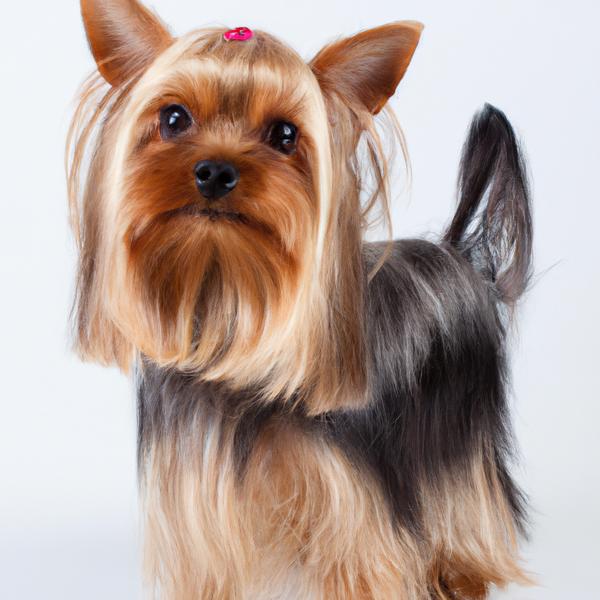
Yorwich
Ratese vs Yorwich
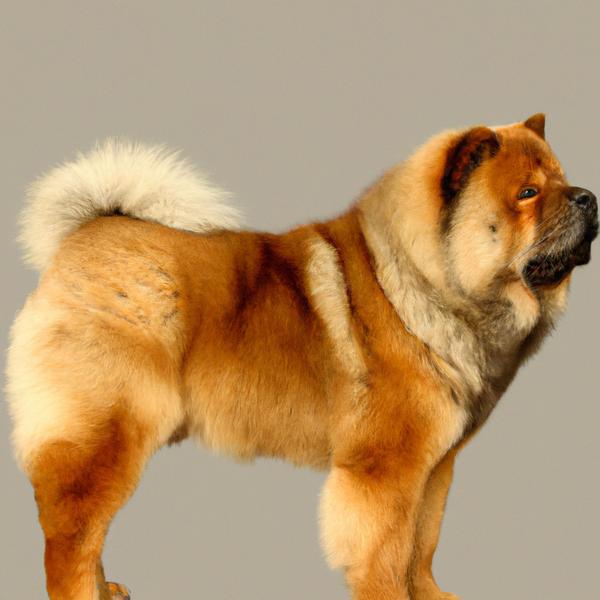
Chow Shepherd
Ratese vs Chow Shepherd
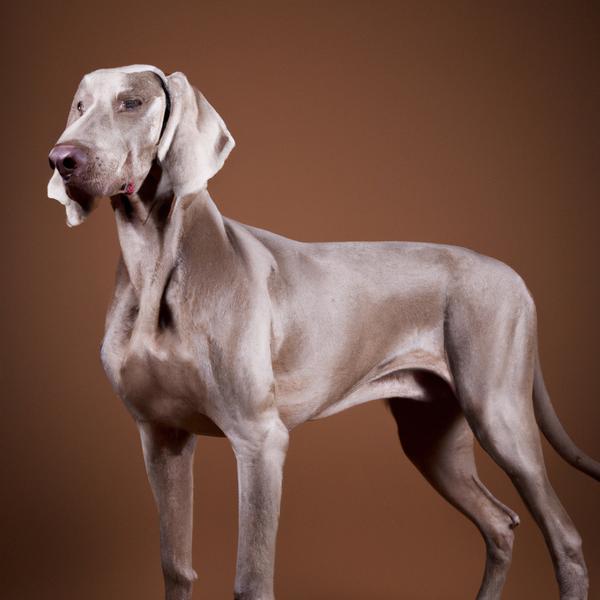
Bosmaraner
Ratese vs Bosmaraner
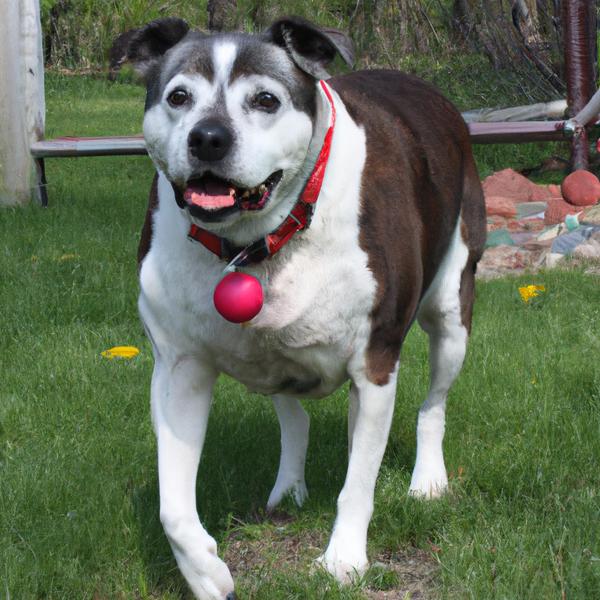
Olde Pit Bulldogge
Ratese vs Olde Pit Bulldogge
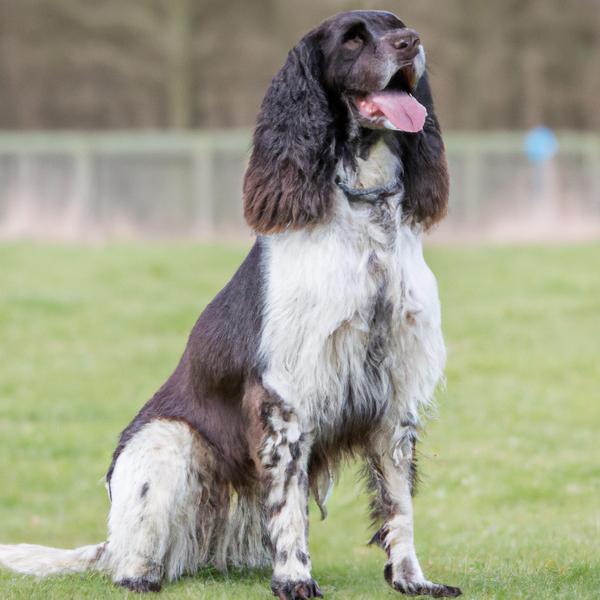
English Springerman
Ratese vs English Springerman

Be-Apso
Ratese vs Be-Apso
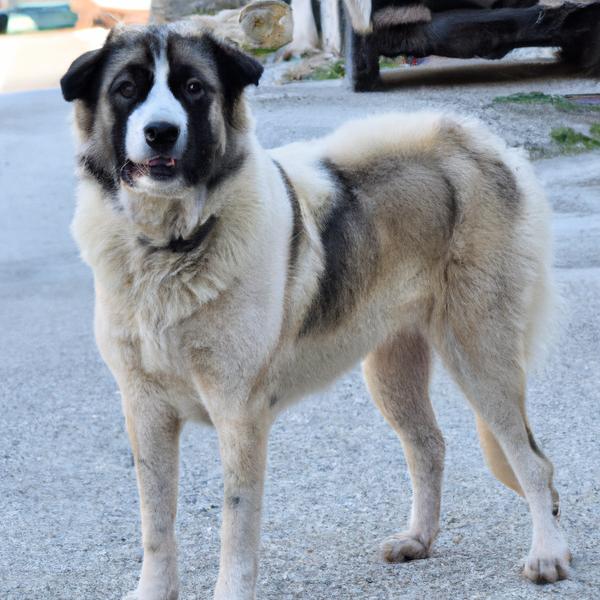
Croatian Sheepsky
Ratese vs Croatian Sheepsky
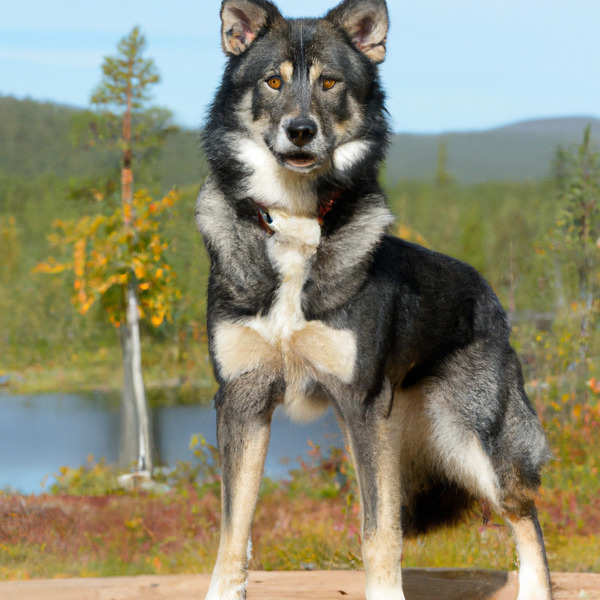
Lapponian Herder
Ratese vs Lapponian Herder

Pembroke Welsh Corgi
Ratese vs Pembroke Welsh Corgi
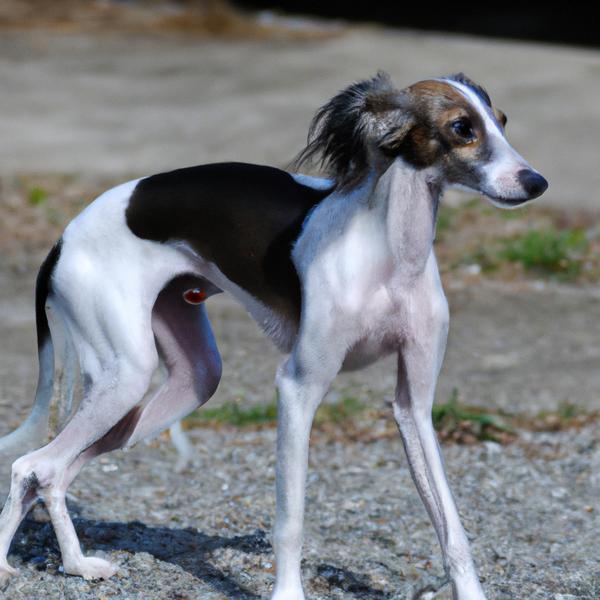
Italian Cavalier Greyhound
Ratese vs Italian Cavalier Greyhound
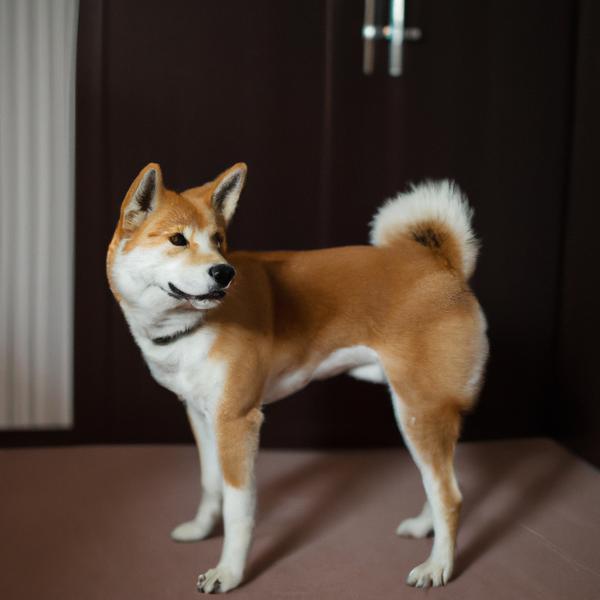
Eskenji
Ratese vs Eskenji
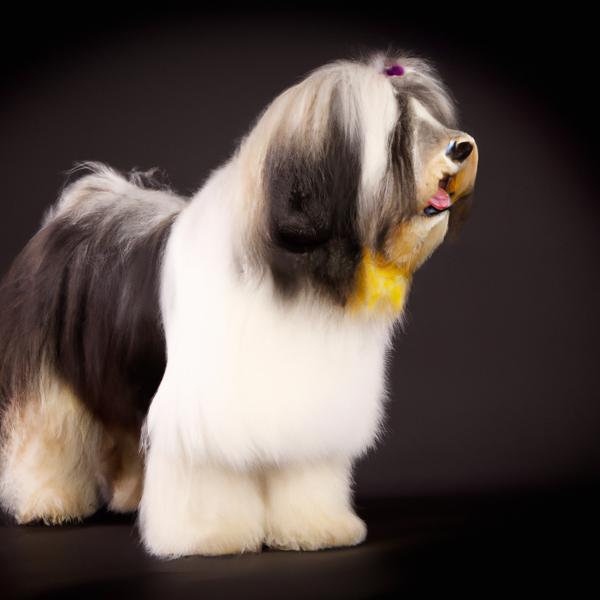
Tibecot
Ratese vs Tibecot
